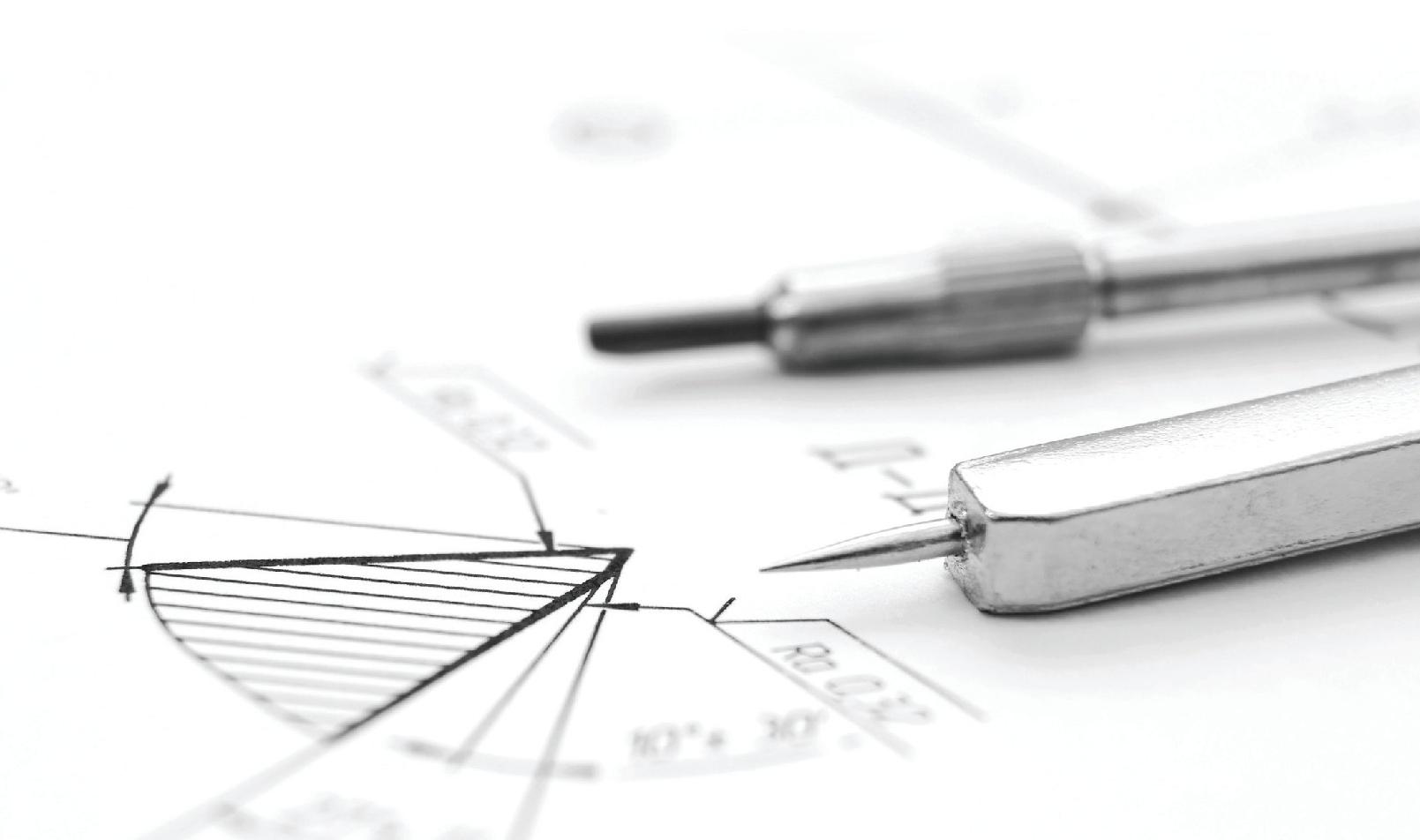
Have you ever wondered why there are 360 degrees in a circle? I suspect not — you are so familiar with the degree as the unit for angles that you may never have thought about why we use them. On the other hand, 360° does not seem to sit well with all the other units you are familiar with in physics. Most of the measurements we use are based on powers of ten — they are metric (or decimal) units — and physicists tend to use SI (Système International) units.
When the French were busy inventing the metric system from about 1799 an attempt was made to create a metric form of angular measurement. The right-angle was divided into 100 grads, or grades, and each of these was further subdivided into 100 centigrades — with the obvious risk of confusion with a popular name for the degree Celsius. Although 100 is a metric (power of ten) number a complete circle of four right-angles would total 400 grads, and this doesn’t seem very metric at all.
Your organisation does not have access to this article.
Sign up today to give your students the edge they need to achieve their best grades with subject expertise
Subscribe




